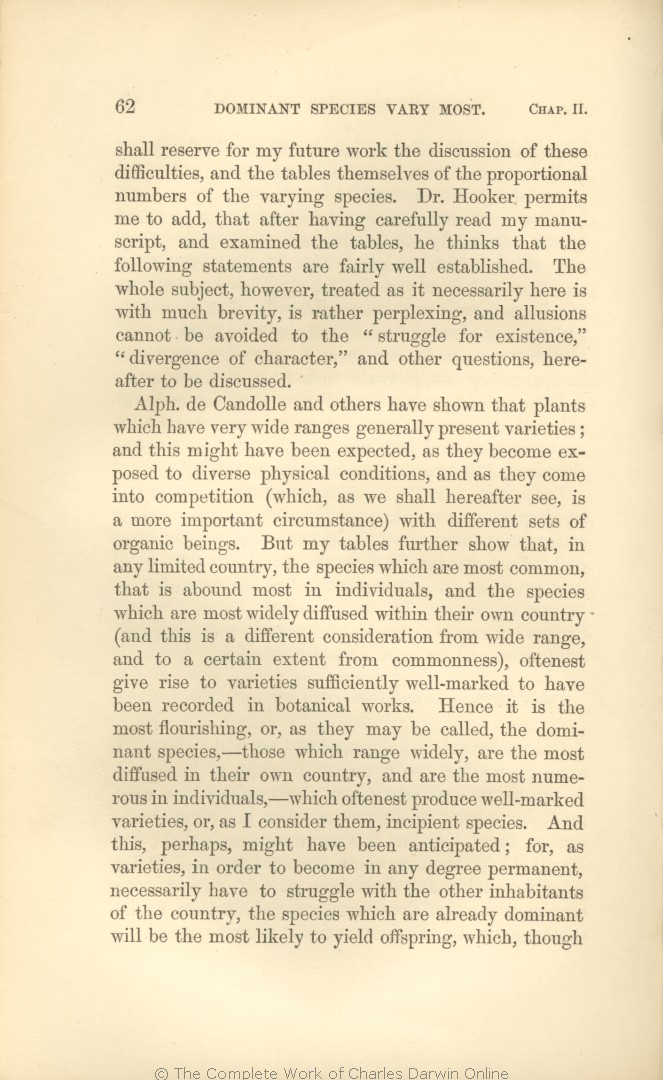shall reserve for
my | my 1859 1860 1861 1866 1869 | | a 1872 |
| themselves 1859 1860 1861 1866 1869 | themselves 1872 |
|
Alph. de | Alph. de 1866 | | Alph. De 1859 | | Alph.de 1860 | | AlpH. de 1861 | | Alphonse de 1869 1872 |
| become 1859 1860 1861 1866 1869 | | are 1872 |
| a 1861 1866 |
| a far 1859 1860 |
| an equally or 1869 1872 |
| most 1859 1860 1861 1866 1869 | | the most 1872 |
| oftenest 1861 1866 1869 1872 | | often 1859 1860 |
| species,—those 1866 1869 | | species,— 1859 1860 1861 1872 |
| ..... 1866 1869 | | those 1859 1860 1861 1872 |
| widely, 1861 1866 1869 1872 | | widely 1859 1860 |
| are 1861 1866 1869 1872 | | over 1859 1860 |
| OMIT 1861 1866 1869 1872 |
| world, are the 1859 1860 |
| individuals,—which 1866 1869 | | individuals,— 1859 1860 1861 1872 |
| ..... 1866 1869 | | which 1859 1860 1861 1872 |
| offspring, 1860 1861 1866 1869 1872 | | offspring 1859 |
|









